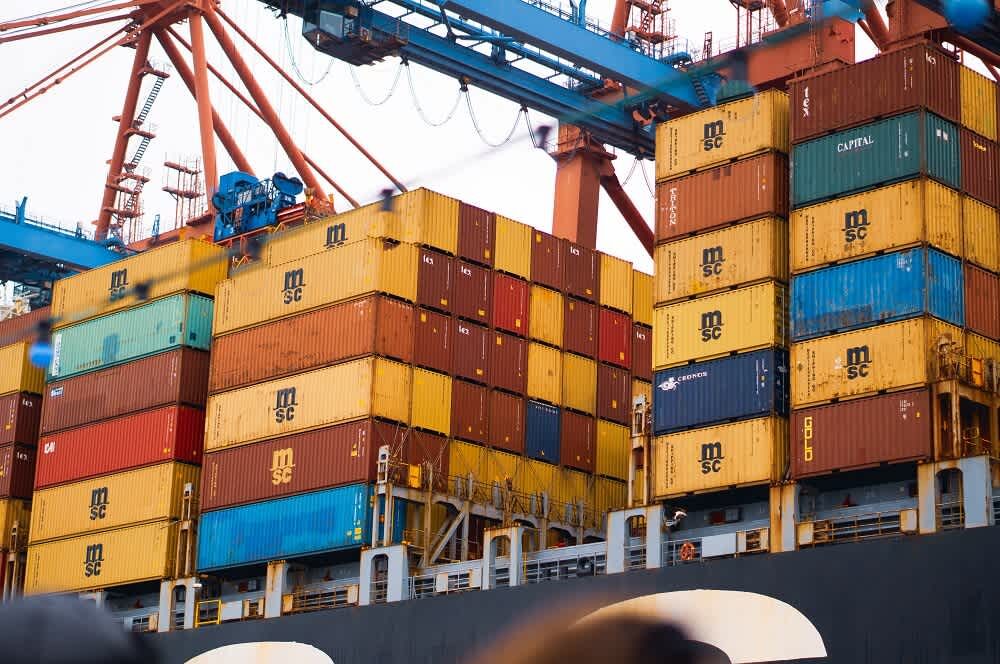The Philippines, a Southeast Asian nation famed for its stunning islands and vibrant culture, presents a lucrative market for businesses looking to expand their reach. If you’re an entrepreneur or importer considering cargo shipping from China to the Philippines, this guide is your one-stop shop for navigating the complexities of international logistics. We’ll delve into every crucial aspect, from understanding the different shipping methods to tackling customs regulations and ensuring a smooth, cost-effective journey for your cargo.
Understanding the Logistics of Cargo Shipping

Cargo shipping from China to the Philippines involves a meticulously choreographed dance between various players. Here’s a breakdown of the key participants:
- Shipper: You, the exporter sending the goods from China.
- Consignee: The recipient of the goods in the Philippines.
- Freight Forwarder: A logistics company that manages the entire shipping process, from booking space on a vessel to customs clearance.
- Origin Terminal: The port in China where your cargo is loaded onto a ship.
- Destination Terminal: The port in the Philippines where your cargo is unloaded.
- Customs Broker: An expert who assists with navigating customs regulations and documentation.
Choosing the Right Shipping Method for Your Needs

The two primary methods for shipping cargo from China to the Philippines are:
- Sea Freight: The most cost-effective option, ideal for large volumes of non-perishable goods. Sea freight is further divided into:
- Full Container Load (FCL): You rent an entire container for your exclusive use. Ideal for large shipments or those requiring specific packing conditions.
- Less Than Container Load (LCL): Your cargo shares space with goods from other shippers in a container. More cost-effective for smaller shipments, but consolidation delays are possible.
- Air Freight: The fastest option, ideal for perishable goods, urgent deliveries, or high-value items. However, air freight is significantly more expensive than sea freight.
Factors to Consider When Selecting a Shipping Company
Choosing the right shipping company is crucial for a smooth and cost-effective experience. Consider these factors:
- Experience: Opt for a company with a proven track record in handling cargo shipments between China and the Philippines.
- Services Offered: Ensure they provide the services you need, such as customs clearance, inland transportation, and cargo insurance.
- Pricing and Transparency: Compare quotes from several companies and ensure transparent pricing structures with no hidden fees.
- Communication: Choose a company with responsive customer service that keeps you informed throughout the shipping process.
Understanding Customs and Import Regulations

Customs clearance is a vital step in cargo shipping. Here’s what you need to know:
- Required Documentation: Prepare all necessary documents like commercial invoices, packing lists, and certificates of origin.
- Import Duties and Taxes: Be aware of the import duties and taxes applicable to your cargo in the Philippines.
- Restricted and Prohibited Goods: Research any restrictions or prohibitions on your specific goods in the Philippines. Utilize a customs broker to ensure smooth clearance.
Tips for Smooth and Affordable Cargo Shipping
Here are some strategies to streamline and economize your cargo shipping experience:
- Plan Ahead: Book your shipment well in advance, especially during peak seasons when demand and prices are high.
- Consolidate Shipments: If you have smaller shipments, consider consolidating them into an LCL container to reduce costs.
- Negotiate Rates: Don’t be afraid to negotiate shipping rates with freight forwarders, especially for larger volumes.
- Utilize Free Trade Agreements (FTAs): If applicable, leverage any existing FTAs between China and the Philippines to benefit from reduced import duties.
Tracking and Monitoring Your Shipment
Peace of mind comes with knowing your cargo’s whereabouts. Most reputable shipping companies offer online tracking tools that allow you to monitor your shipment’s progress in real-time.
Dealing with Common Challenges in Cargo Shipping
Despite meticulous planning, unforeseen challenges can arise. Here’s how to tackle some common issues:
- Delays: Delays can occur due to weather conditions, customs clearance issues, or port congestion. Communicate proactively with your freight forwarder to stay updated and explore alternative solutions if necessary.
- Damage: While rare, cargo damage can happen. Ensure adequate cargo insurance to protect your investment.
- Documentation Errors: Meticulous documentation is vital. Errors can lead to delays or penalties. Double-check all documentation before shipment.
Cost-Saving Strategies for Cargo Shipping

Here are some additional strategies to minimize your cargo shipping costs:
- Choose the Most Efficient Packing: Utilize space efficiently within your container to avoid paying for unused space. Palletize your cargo when possible for easier handling and secure stacking.
- Optimize Weight and Volume: Be mindful of your cargo’s weight and volume ratio. Sea freight charges are often based on whichever measurement (weight or volume) yields the higher cost. Consider lighter packaging materials or disassembling items to reduce volume if weight is less of a concern.
- Explore Alternative Ports: Major ports tend to be more expensive due to higher demand. Consider using smaller, less congested ports if they are geographically suitable for your final destination within the Philippines.
- Utilize Inland Transportation Options: Depending on your final destination within the Philippines, consider cost-effective inland transportation options like rail or trucks after the port clearance.pen_spark




